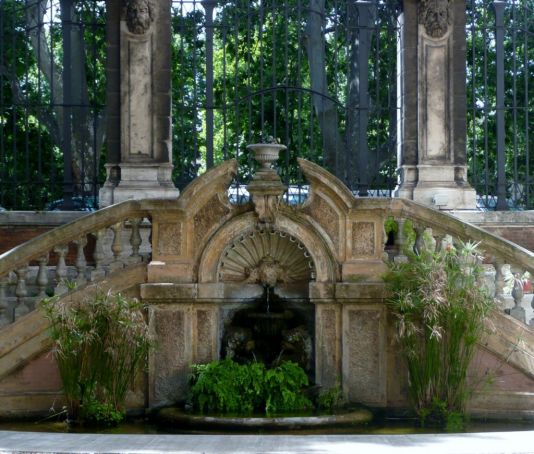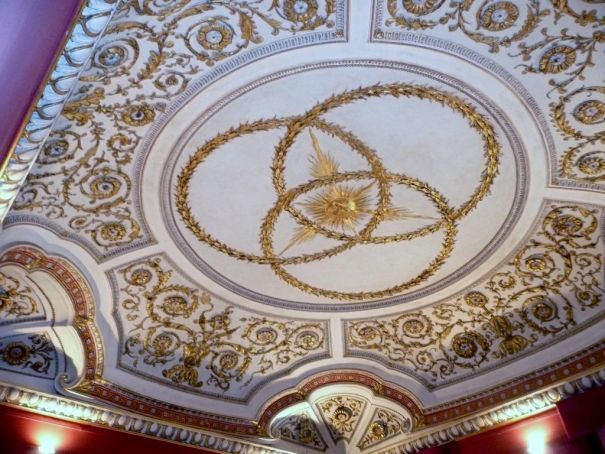Hungary has always nurtured close ties with Italy.
Margaret Stenhouse
Ever since the reign of King Mattias Corvino, the 15th-century Hungarian national hero, a silver thread of culture and faith has linked Hungary to Italy. Mattias (known as “the Just”) rivalled his contemporary Lorenzo the Magnificent Medici in the prestige of his Renaissance court, which he filled with Italian philosophers, humanists, literati and artists, thanks also to the influence of his wife, Beatrice, the daughter of the King of Naples. The celebrated Corvino Library which he founded in his capital city, Buda, contained some 3,000 precious volumes and codices and was second in importance only to the Vatican collection.
Throughout the 16th and 17th centuries, Hungarian scholars and churchmen flocked to study in the prestigious Italian universities such as Bologna and Padua, and the many vicissitudes that followed during the subsequent centuries of Hungarian history did not dampen the enthusiasm for Italian culture. Even nowadays, despite the hegemony of English, Italian continues to be taught in many Hungarian high schools as a second or third language, and contemporary Hungarian artists still choose to come to Italy to study the Italian Old Masters.
Foundation of western art
“Italy still exercises a great attraction for Hungarians,” says Antal Molnar, director of the Hungarian Academy in Rome. “A few years ago, there was a proposal to send our art fellows to Berlin, rather than Italy. But the artists themselves objected. Even though Berlin might have provided more contacts with the contemporary art scene, the fellows believed it was more important for them to study the works that constituted the foundation of western art. The Rome programme was reinstated the following year.”

Given these premises, it is hardly surprising that the Hungarian government decided to invest in a particularly prestigious seat to house its cultural institute in Italy. The splendid baroque Palazzo Falconieri on Via Giulia was acquired in 1927 to accommodate both the Hungarian Academy and the Hungarian Pontifical Ecclesiastic Institute (the latter still occupies the second floor of the palace).
Two Hungarian institutions side by side
The two institutions have been in symbiosis for well over a century. The origin – if not the actual birth – of the Hungarian Academy can be traced to 1880 when Pope Leo XIII opened the Secret Archives of the Vatican and it became possible to consult many historical documents that had formerly been unavailable. As a result, leading Hungarian researcher and historian Bishop Vilmos Fraknòi set up a Hungarian Historical Institute in Rome to research the Vatican records. A few years later, he branched out to form an Academy of Fine Arts to accommodate visiting artists.
After world war one and the end of the Austro-Hungarian empire, the new Hungarian government was keen to imprint its individual cultural identity on Europe. The Hungarian Academy in Rome was therefore united with the Fraknòi Historical Institute and the Institutum Pontificum Ecclesiasticum Hungaricum to boost all three branches of study – historical research, theology and art.
“This is the main difference between us and the other foreign academies,” Molnar explained. “We continue to cover all three disciplines.”

The academy has weathered many trials, including the Soviet invasion of Hungary in 1950 and the limits imposed on independent activity during the Cold War period. Even in these difficult times, however, it continued its work, hosting visiting fellows of high calibre and organising cultural activities.
“The quality of the fellows themselves allowed them to rise above this situation and make their contribution to European culture.”
Rich cultural programme
Today, all these problems are well in the past. The annual programme of events is impressive and many are open to the general public. Art exhibitions, featuring the works of both Hungarian artists in residence and international artists, are held in the rooms on the ground floor, leading off from the inner courtyard with its monumental fountain. Upstairs, concerts, talks, conferences and film screenings are organised in the spacious salon on the piano nobile, next to the celebrated suite of four rooms with their spectacular decorated ceilings – the work of baroque master Francesco Borromini.

The music department is a special source of pride. Some 30 concerts are held each year, often with performers from the celebrated Ferenc Liszt Academy of Music, founded in Budapest by Liszt himself. The academy promotes both classical and traditional Hungarian folk music, as well as jazz and contemporary popular compositions. A regular master class is held at the institute by Hungarian soprano Sylvia Sass, whose long career in Italy includes a memorable performance in 1978 as Manon Lescaut at La Scala, along with Placido Domingo.
Falconieri Palace
The Falconieri Palace has been carefully preserved by the Hungarian ministry of culture and education, which is responsible for upkeep and restoration. When the wealthy Florentine Falconieri family took over the original building, they considered it inadequate for their elevated station as magistrates of the papal court. Borromini, one of Rome's most acclaimed architects of the period, was commissioned to redesign and expand the edifice in 1646. Highlights include the monumental entrance, the frescoed piano nobile and the loggia crowning the roof, accessible by a winding spiral staircase. This is a sky terrace, decorated with sculptures of herms, that commands a breathtaking 360-degree view over Rome. In the 1930s the adjoining palazzina was added by Hungarian architect Eugenio Faludi to house the many visiting fellows.
60th anniversary celebrations
2016 is a landmark date for the Hungarian nation as it commemorates the 60th anniversary of the Hungarian Revolution when the Hungarian people rebelled against Soviet domination and tried to regain control of their country. The insurgents fought heroically against overwhelming odds, and although the uprising was initially unsuccessful, it opened the first crack in a cast-iron control system that was to collapse eventually in 1989.
In addition to its regular cultural programme, the academy will be celebrating the event in October with a series of initiatives, including a photographic exhibition documenting the uprising and an international conference focusing on foreign reactions to the revolution and its aftermath.
HUNGARIAN ACADEMY
Exhibitions at the Hungarian Academy are open free to the public every day. Visits to the Borromini Rooms and the Loggia can be arranged by prior booking, by contacting accademiadungheria2@gmail.com. For information on the cultural programme see website. Via Giulia 1, tel. 066889671.
This article was published in the September 2016 edition of Wanted in Rome.




















